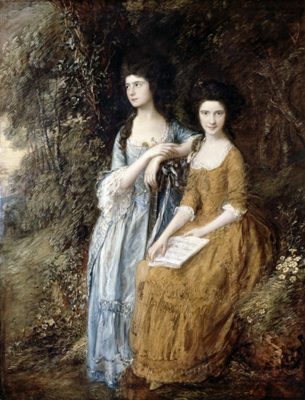Few museums have a richer or more tortuously unusual history than the Dulwich Picture Gallery. The museum is well known for its rich holdings of Old Master painting: seven Poussins, three Rembrandts, four Murillos, works by Rubens and Van Dyck and many important Italian pictures. Less well known is the fact that most of those are the fruits of a single extraordinary bequest, blown in the direction of Dulwich by the fickle winds of history.
In the late eighteenth century, two picture dealers, Peter Francis Bourgeois and Noel Desenfans, were employed by King Stanislaus II of Poland to create a great royal collection for his palace in Warsaw. Thanks to the French Revolution and the humbling of the French aristocracy, extraordinary works of art were available at knockdown prices. Bourgeois and Desenfans acquired a remarkable hoard of masterpieces for their Polish client. But before he could pay for them he had been deposed from the throne by an occupying Russian army.
The core of that great collection, some 370 works, was eventually bequeathed by Francis Bourgeois to Dulwich College, which was at the time a rather sleepy private shool for boys in South London. Remarkably, the governors of the school rose to the challenge. Sir John Soane was employed to design a beautiful, small, purpose-built museum to house the new bequest. The Dulwich Picture Gallery, the first public picture gallery in England, opened its doors in 1811.
Antoni Malinowski, a London-based Polish artist, reflects on this unique concatenation of events in his installation, “The Polish Connection”, which currently occupies one large room at the heart of Soane’s building. The display juxtaposes a remarkable group of portraits of King Stanislaus II of Poland, borrowed from the Royal Castle and National Museum in Warsaw, with a large wall drawing by Malinowski himself....


